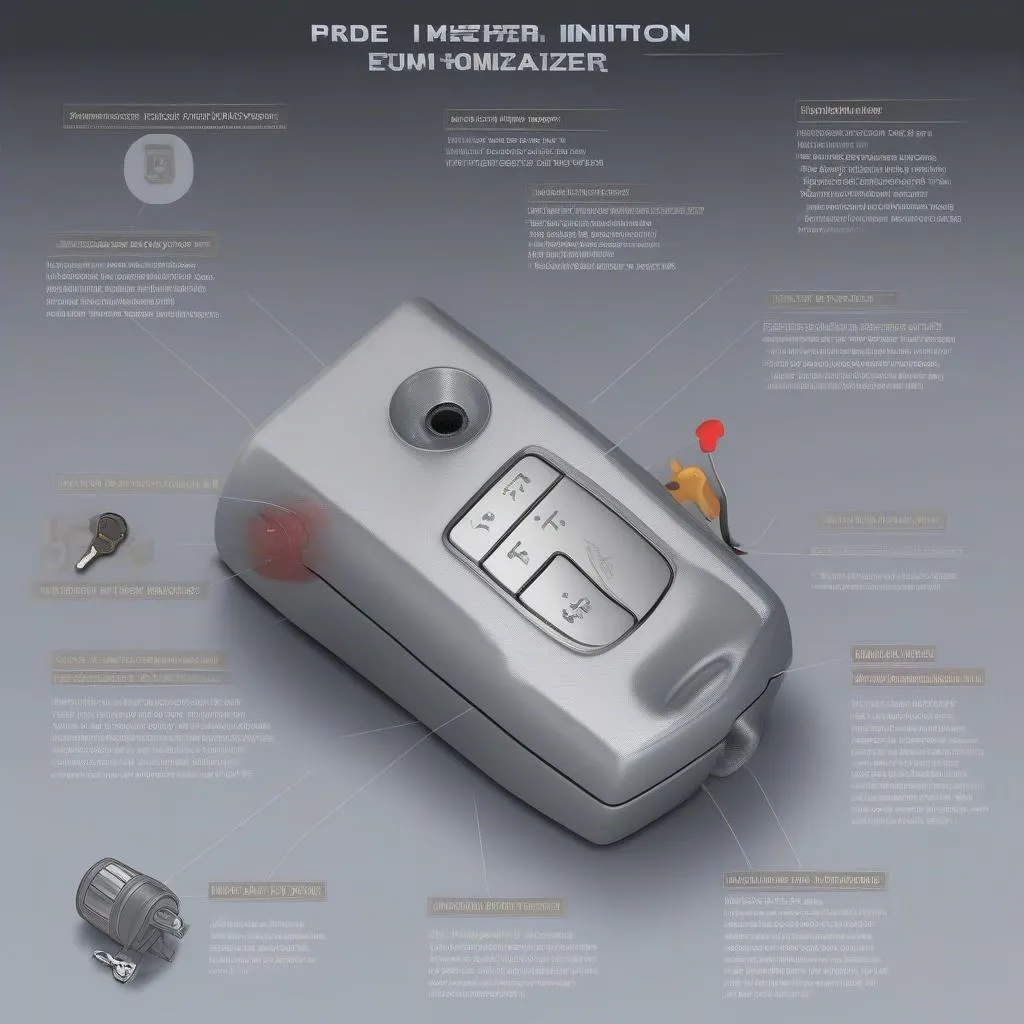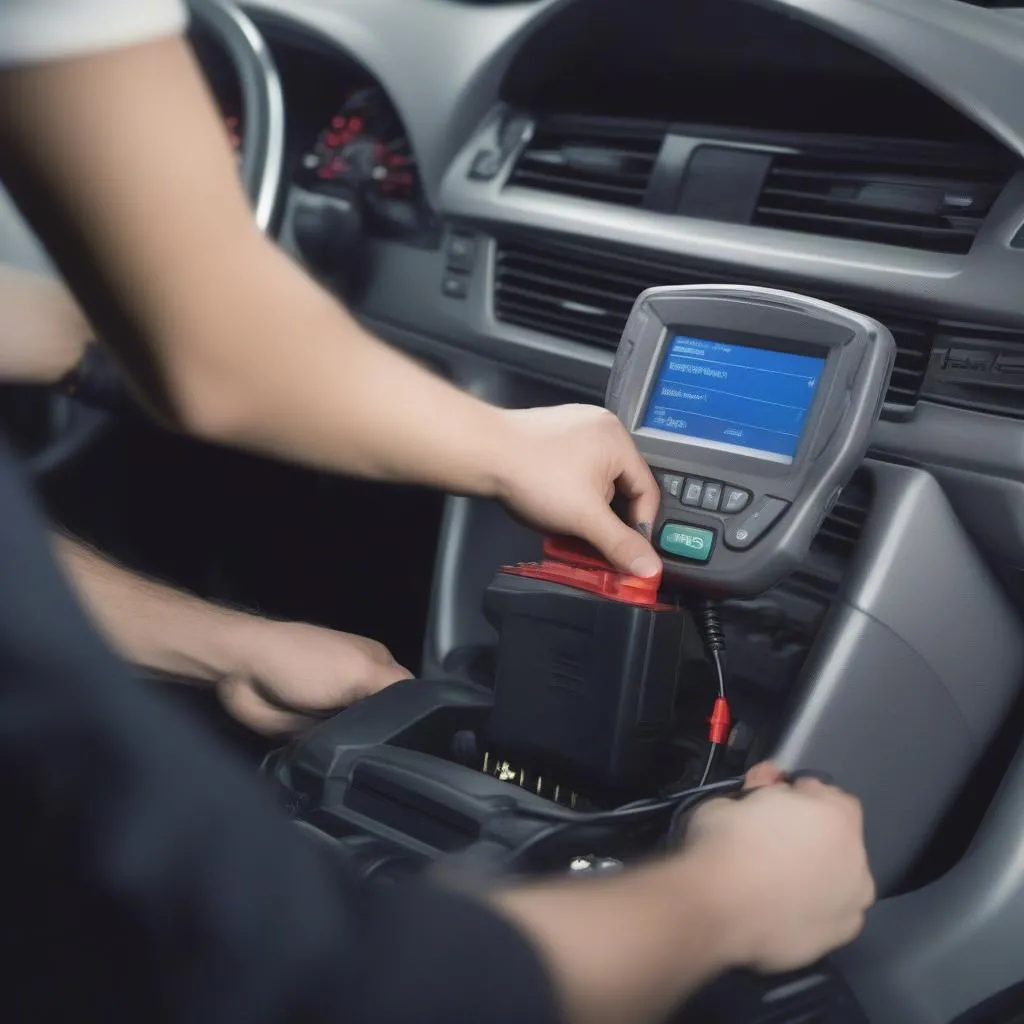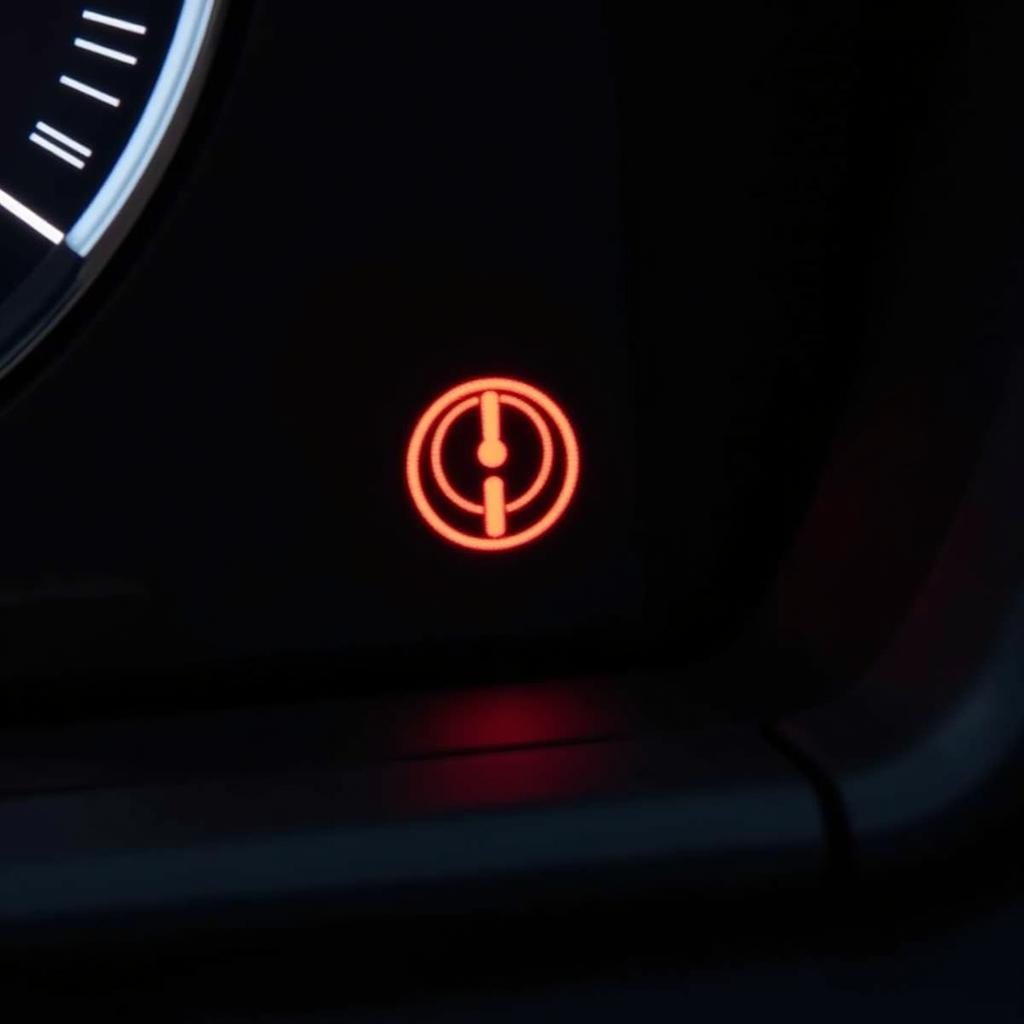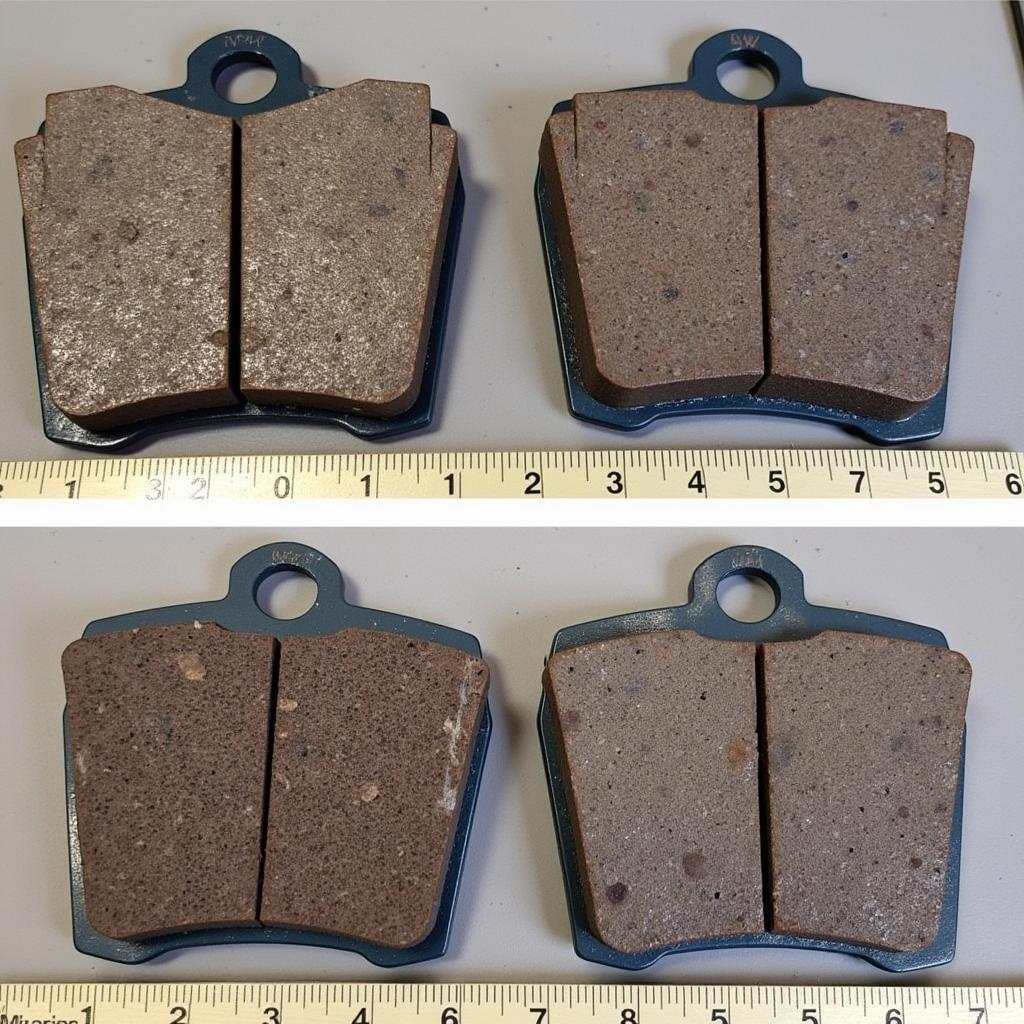A malfunctioning anti-theft immobilizer can be a major headache, leaving you stranded with a car that refuses to start. While it’s a crucial security feature designed to deter theft, issues with the immobilizer system can arise, often resulting in a frustrating experience for car owners. This comprehensive guide will walk you through the common causes, symptoms, and steps on how to reset your car’s anti-theft immobilizer and get you back on the road.
Understanding Your Car’s Anti-Theft Immobilizer
Before we delve into the solutions, let’s understand how this system works. Modern vehicles often employ a system that uses a transponder chip embedded in your car key. This chip sends a unique code to your car’s Engine Control Unit (ECU) when you attempt to start the vehicle. If the ECU recognizes the code, it allows the car to start. However, if there’s a problem with the signal transmission or if the ECU fails to recognize the code, it activates the immobilizer, preventing the engine from starting.
Common Causes of Immobilizer Issues
Several factors can trigger problems with your car’s anti-theft immobilizer:
- Weak or Dead Car Battery: The most frequent culprit is a weak or dead battery. The immobilizer needs adequate power to communicate effectively with the car’s computer system.
- Faulty Key Fob Battery: Similar to a weak car battery, a drained battery in your key fob can also disrupt the signal transmission to the immobilizer system.
- Damaged or Misplaced Key: Physical damage to your car key or key fob, especially the transponder chip, can prevent it from sending the correct signal to the ECU.
- Malfunctioning ECU: In some cases, a faulty ECU might not recognize a valid key, triggering the immobilizer.
- Wiring Problems: Issues with the wiring related to the immobilizer system, such as loose connections or damaged wires, can disrupt communication between components.
Recognizing Anti-Theft System Problems
Identifying a potential issue with your anti-theft immobilizer is the first step towards resolution. Here are a few telltale signs:
- The engine cranks but won’t start.
- The security or immobilizer warning light on your dashboard stays on or blinks continuously.
- You hear a clicking sound, indicating the immobilizer is trying to engage.
What You’ll Need
Before you begin, gather the following:
- Your car key and any spare keys
- Your car’s owner’s manual
- A reliable battery charger
- Basic tools like a screwdriver (if necessary)
How to Reset Your Anti-Theft Immobilizer
Here are some common methods to reset your car’s anti-theft immobilizer:
1. Check and Replace the Batteries: Begin with the simplest solutions first. Replace the batteries in your key fob and ensure your car battery has sufficient charge.
2. Use the Key to Lock and Unlock the Driver’s Side Door: This simple action can sometimes reset the immobilizer system. Lock and unlock your car using the physical key in the driver’s side door.
3. Reset Using Your Car Key: Some car models have a specific procedure for resetting the immobilizer using the key. Consult your owner’s manual for specific instructions as these procedures vary between makes and models.
 Car key inserted in the ignition and the immobilizer system diagram
Car key inserted in the ignition and the immobilizer system diagram
4. Disconnect and Reconnect the Battery: Disconnecting your car battery for a few minutes and then reconnecting it can sometimes reset the immobilizer.
5. Check for Error Codes: Consider using an OBD2 scanner to read and clear any fault codes stored in your car’s computer system.
 Using an OBD2 scanner to diagnose car problems
Using an OBD2 scanner to diagnose car problems
6. Professional Help: If the problem persists, it’s best to seek professional assistance. A qualified mechanic or your dealership can diagnose and resolve more complex issues with your anti-theft system.
FAQs about Anti-Theft Immobilizers
Q: How do I know if my anti-theft system is activated?
A: Several signs can indicate an activated anti-theft system, including a flashing security light on the dashboard, the engine cranking but not starting, and clicking sounds coming from the starter motor area.
Q: Can I bypass the immobilizer system in my car?
A: While technically possible, bypassing the immobilizer is not recommended. Doing so compromises your vehicle’s security and can lead to legal issues.
Q: Are there different types of immobilizers?
A: Yes, various types of immobilizers exist, ranging from simple key-based systems to more sophisticated RFID-based ones. The type employed in your vehicle depends on its make, model, and year of manufacture.
Q: Can I fix an immobilizer problem myself?
A: While some immobilizer problems, such as dead key fob batteries, can be fixed at home, more complex issues may require the expertise of a qualified automotive electrician or mechanic.
Q: What should I do if my anti-theft system prevents me from starting my car after a repair or jump-start?
A: Sometimes, disconnecting the battery during repairs or jump-starting can trigger the immobilizer. Try the reset methods outlined above or consult your car’s owner’s manual. If the problem persists, contact your mechanic or dealership for assistance.
For further information on anti-theft systems and detailed guides on specific car models, you can check out our other resources:
- How to Reset the Anti-Theft System on a 2000 Ford Ranger
- How to Remove the Anti-Theft Device From a Honda Accord
- What are People Using for Anti-theft in Cars
Cardiagtech Can Help
Remember, if you’re facing persistent issues with your anti-theft immobilizer, it’s crucial to seek professional help. Cardiagtech specializes in remote car diagnostics and programming, offering efficient solutions for various automotive electronic issues.
Contact CARDIAGTECH today for expert assistance with your anti-theft immobilizer and other car electronic problems. Our team is equipped with the latest diagnostic tools and software to quickly and effectively resolve your automotive concerns.


